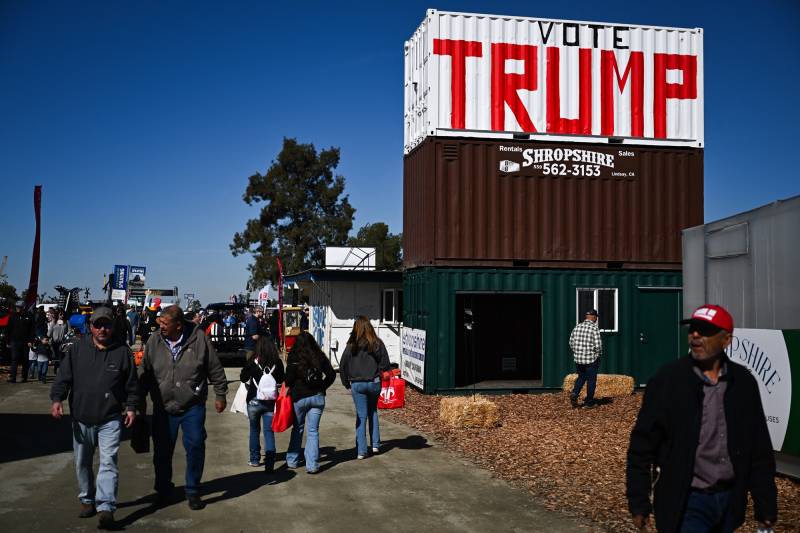Executive Summary
- Physicists have created the first laboratory analog of a 'black hole bomb', experimentally verifying theoretical concepts developed in the 1970s.
- The experiment utilized a rotating aluminum cylinder and magnetic fields to simulate the conditions near a rotating black hole, demonstrating energy amplification.
- The research aims to provide insights into black hole rotation, superradiance, and related phenomena in astrophysics, thermodynamics, and quantum theory.
Event Overview
Researchers have successfully constructed a 'black hole bomb' analog in a laboratory setting. This experiment confirms theoretical predictions from the 1970s regarding the amplification of energy near rotating black holes, specifically the Zel'dovich effect. The setup involved a rotating aluminum cylinder surrounded by magnetic coils, simulating the conditions near a black hole's ergosphere. By observing the amplification of magnetic fields, the team validated the concept of rotational superradiance and the potential for energy extraction from these extreme cosmic objects. The study is poised to enhance our understanding of black hole physics and related fields.
Media Coverage Comparison
| Source | Key Angle / Focus | Unique Details Mentioned | Tone |
|---|---|---|---|
| Futurism | Harmless Proof of Concept | Hendrik Ulbricht built an early prototype during COVID-19 lockdowns out of boredom and excitement. Vitor Cardoso describes the result as "totally mind boggling." | Informative and slightly sensational |
| Live Science | Experimental Verification of Black Hole Bomb | Experiment involved an aluminum cylinder, metal coils, and the Zel'dovich effect. Researchers pushed the system so hard that components exploded, Maria Chiara Braidotti: rotational superradiance and exponential amplification are universal. | Academic and technical |
| ScienceAlert | First 'Black Hole Bomb' Analog | Explains the ergosphere and frame-dragging of black holes. The experiment simulates the gravitational effect using magnetic fields. | Explanatory and analytical |
Key Details & Data Points
- What: Creation of a laboratory analog of a 'black hole bomb,' demonstrating the amplification of energy using a rotating cylinder and magnetic fields.
- Who: Researchers from the University of Southampton, the University of Glasgow, and the Institute for Photonics and Nanotechnologies at Italy's National Research Council, including Hendrik Ulbricht, Marion Cromb, and Maria Chiara Braidotti.
- When: Experiment conducted in 2025 (according to ScienceAlert), with theoretical foundations dating back to Penrose's work in 1969 and Zel'dovich's in 1971; paper uploaded to Arxiv on March 31 (according to Live Science).
- Where: Laboratories at the University of Southampton, the University of Glasgow, and the Institute for Photonics and Nanotechnologies at Italy's National Research Council.
Key Statistics:
- Energy amplification: The experiment successfully amplified magnetic fields, demonstrating superradiance.
- Rotation speed: The cylinder's rotational speed was crucial for achieving the Zel'dovich effect.
- 27 percent: Dark matter is believed to make up about 27 percent of the matter in the universe (mentioned in the Futurism article in the context of further research applications).
Analysis & Context
The creation of a 'black hole bomb' analog represents a significant step forward in understanding the complex physics of black holes. By experimentally verifying the Zel'dovich effect and the concept of superradiance, researchers have provided tangible evidence for theories previously confined to mathematical models. The experiment's success opens avenues for further exploration of black hole dynamics, including energy extraction mechanisms and interactions with surrounding particles. It also establishes a platform for investigating related phenomena in astrophysics, thermodynamics, and quantum theory.
Notable Quotes
"You throw a low-frequency electromagnetic wave against a spinning cylinder, who would think that you get back more than what you threw in? It’s totally mind boggling."
"Our work brings this prediction fully into the lab, demonstrating not only amplification but also the transition to instability and spontaneous wave generation."
"We sometimes pushed the system so hard that circuit components exploded. That was both thrilling and a real experimental challenge!"
Conclusion
The successful construction of a 'black hole bomb' analog marks a pivotal moment in black hole research. While not a real black hole, the experiment confirms key theoretical predictions and provides a valuable tool for studying these enigmatic objects. This research is expected to facilitate further advances in understanding black hole physics, with potential implications for astrophysics, thermodynamics, and quantum theory. The ongoing peer-review process highlights the significance of this work and the scientific community's interest in its findings.
Disclaimer: This article was generated by an AI system that synthesizes information from multiple news sources. While efforts are made to ensure accuracy and objectivity, reporting nuances, potential biases, or errors from original sources may be reflected. The information presented here is for informational purposes and should be verified with primary sources, especially for critical decisions.








